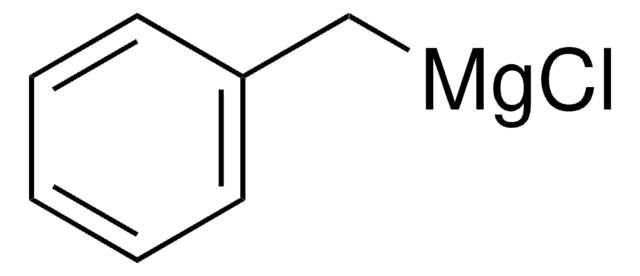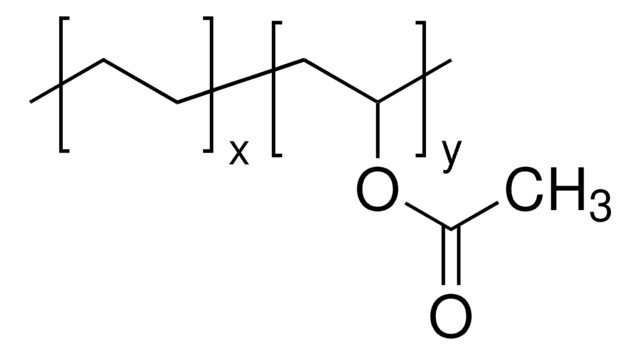576352
Indium tin oxide coated glass slide, rectangular
surface resistivity 70-100 Ω/sq, slide
Sinónimos:
ITO, ITO coated slide, rectangular
About This Item
Productos recomendados
Nivel de calidad
resistividad de superficie
70-100 Ω/sq
L × An × grosor
75 mm × 25 mm × 1.1 mm
transmitancia
>87%
índice de refracción
n20/D 1.517 (lit.)
cadena SMILES
O=[Sn]=O.O=[In]O[In]=O
InChI
1S/2In.5O.Sn
Clave InChI
LNNWKAUHKIHCKO-UHFFFAOYSA-N
¿Está buscando productos similares? Visita Guía de comparación de productos
Descripción general
Aplicación
- Eumelanin samples prepared on ITO covered glass substrates.
- Interface windows of the liquid cell for optical beam deflection (OBD) sensing contain a 20-nm-thick indium tin oxide film.
- Mesoporous TiO2 films were formed on ITO conductive glass substrates.
Propiedades físicas
Resistance may increase to as high as 375 Ω when exposed to temperatures of 300 °C for 30 minutes or more.
To avoid damaging the thin film coating when determining which side is coated, lightly touch the barrelsof the probes to the same surface of a single-side coated product. Testing the alternate side will quicklyshow one with a low resistance as compared to the opposing side, which will exhibit an essentially infiniteresistance.
Código de clase de almacenamiento
13 - Non Combustible Solids
Clase de riesgo para el agua (WGK)
WGK 3
Punto de inflamabilidad (°F)
Not applicable
Punto de inflamabilidad (°C)
Not applicable
Equipo de protección personal
dust mask type N95 (US), Eyeshields, Gloves
Elija entre una de las versiones más recientes:
¿Ya tiene este producto?
Encuentre la documentación para los productos que ha comprado recientemente en la Biblioteca de documentos.
Los clientes también vieron
Artículos
Organic Semiconductor Laser Materials
Organic photovoltaics (OPVs) represent a low-cost, lightweight, and scalable alternative to conventional solar cells. While significant progress has been made in the development of conventional bulk heterojunction cells, new approaches are required to achieve the performance and stability necessary to enable commercially successful OPVs.
A transparent conductive electrode (TCE) is an essential component of various optoelectronic devices such as solar cells, liquid-crystal displays (LCD), light-emitting diodes (LED), and touch screens.
Recent progress in the area of solution-processed functional materials has led to the development of a variety of thin-film optoelectronic devices with significant promise in the industrial and consumer electronics fields.
Nuestro equipo de científicos tiene experiencia en todas las áreas de investigación: Ciencias de la vida, Ciencia de los materiales, Síntesis química, Cromatografía, Analítica y muchas otras.
Póngase en contacto con el Servicio técnico



